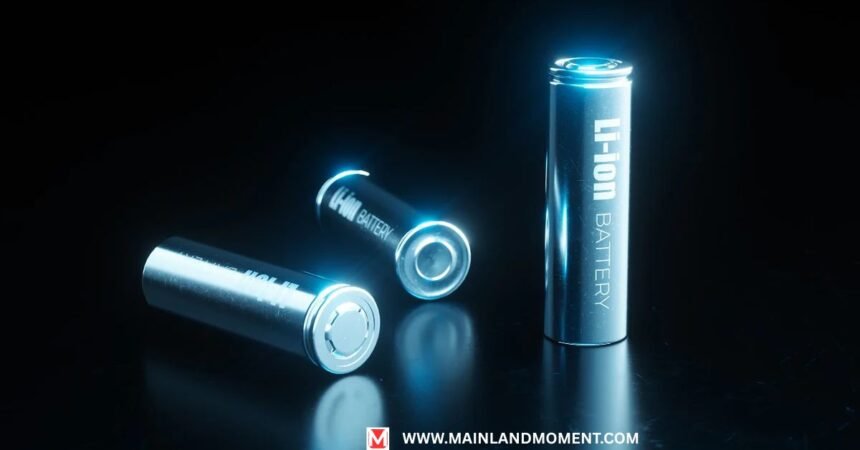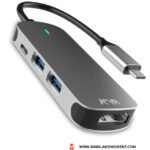Qualified Battery Storage Technology: Powering America’s Clean Energy Revolution
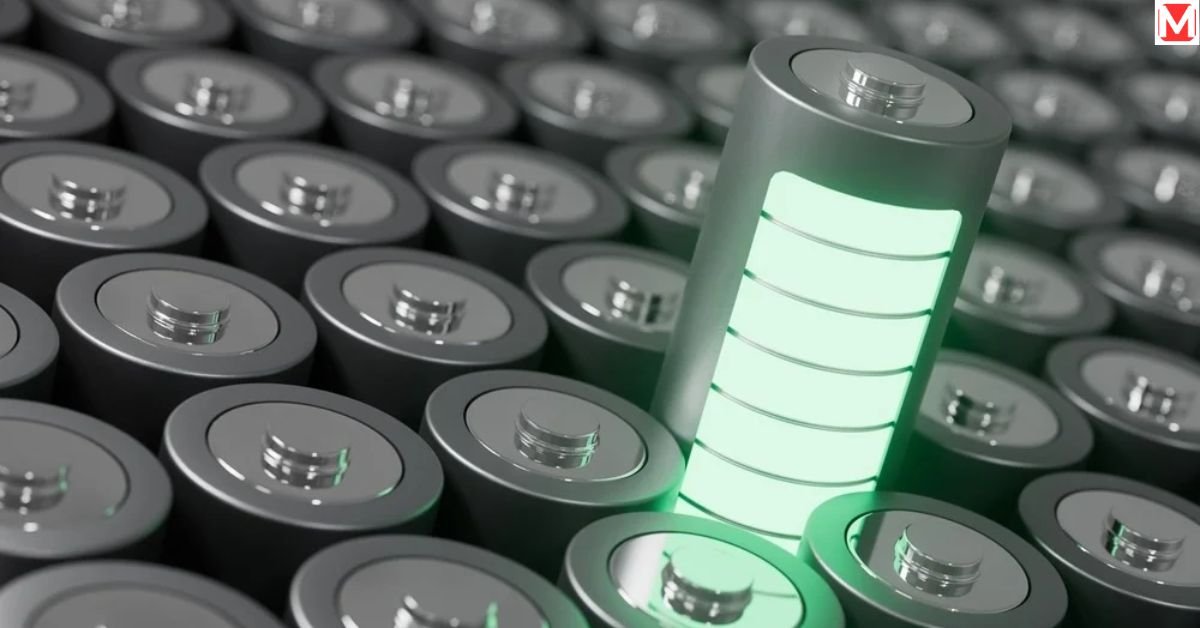
If you’ve been wondering how the U.S. Is charging toward a greener tomorrow, you are in for a treat. Today, we’re diving into qualified battery storage technology a powerhouse in the renewable energy world. Solar panels and wind turbines don’t just make electricity; they stash it away for later. That’s the magic of battery energy storage, and it’s transforming homes, businesses, and grids nationwide.
Let’s break it down, explore why it is a big deal, and see how it’s paving the way for a clean energy future. Buckle up here we go.
Understanding the Importance of Qualified Battery Storage Era Within the United States
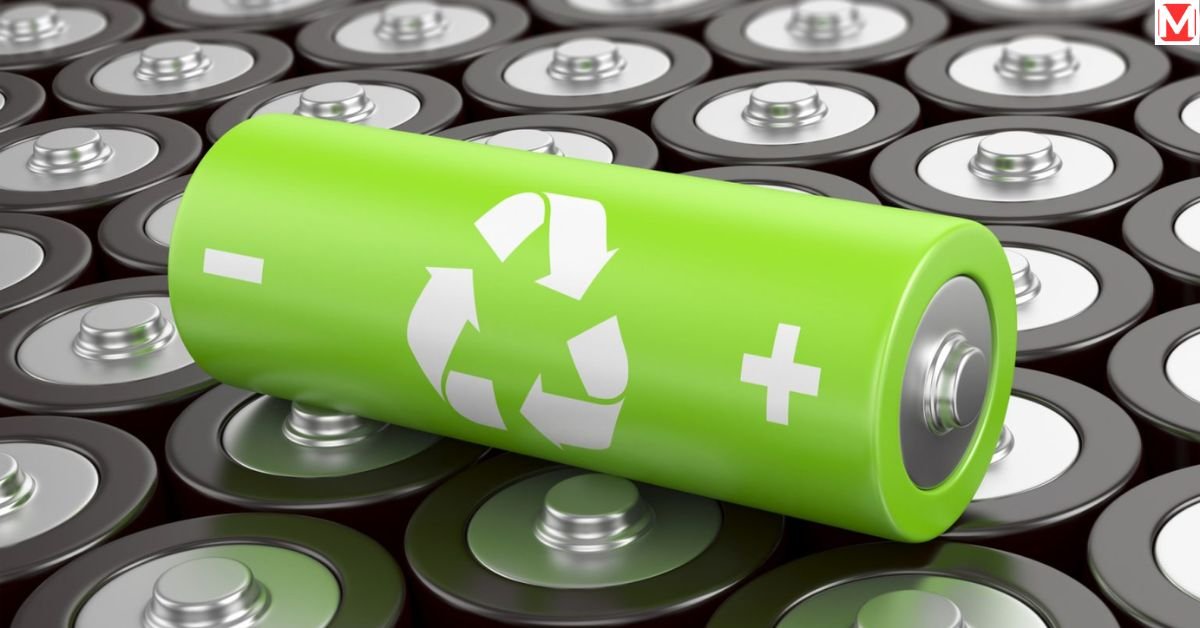
The U.S. is in the middle of an energy shake-up, and qualified battery storage is stealing the spotlight. Why? It’s the glue holding our renewable energy dreams together. Solar and wind are awesome, but they’re moody sunshine fades, and breezes die down. Battery storage steps in to save the day, keeping the lights on when nature takes a break.
In 2024, U.S. battery storage capacity hit 15 gigawatts (GW), enough to power millions of homes. Experts predict it’ll double to 30 GW by 2030, thanks to the push for green power. This isn’t just tech talk it is about jobs, too. The energy storage sector employs over 90,000 people, from factory workers building certified battery systems to installers wiring them up.
Then there’s the grid. Aging power lines struggle with demand spikes think summer heatwaves or winter storms. Qualified battery storage smooths things out, storing excess energy and releasing it when needed. It is a win for your wallet, too. By cutting reliance on pricey fossil fuels, it slashes electricity costs over time. And let’s not forget climate goals: the U.S. aims to halve emissions by 2035. Battery backup power is key to hitting that target, making it a cornerstone of energy independence benefits.
What is Qualified Battery Storage Technology?
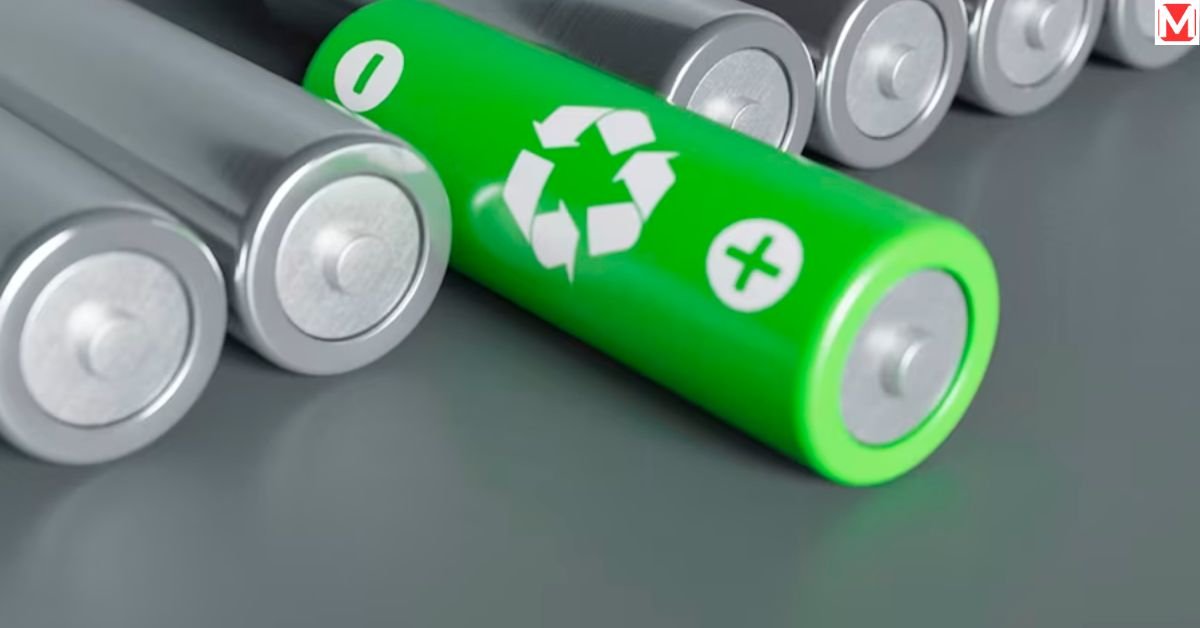
So, what exactly is qualified battery storage? At its core, it’s a battery system with at least 3 kilowatt-hours (kWh) of capacity, tied to a U.S. residence, and eligible for federal tax credits under the Inflation Reduction Act (IRA). Simple, right? But there’s more to it.
These systems usually feature lithium-ion batteries think Tesla Powerwall or LG Chem RESU. They pair with inverters to turn stored energy into usable power, plus balance-of-system gear like wiring and controllers. The “qualified” part means it meets IRS rules (Section 25D) for a 30% tax credit, a perk that’s juicing up adoption.
Unlike smaller, non-qualified setups (say, a 2 kWh battery for your RV), these are built for homes or businesses tied to the grid or solar. For example, a 10 kWh system can run your fridge, lights, and Wi-Fi for hours during a blackout. It’s reliable battery systems at their finest advanced storage solutions with a government stamp of approval.
Growing Need for Qualified Batteries in the US Renewables Transition
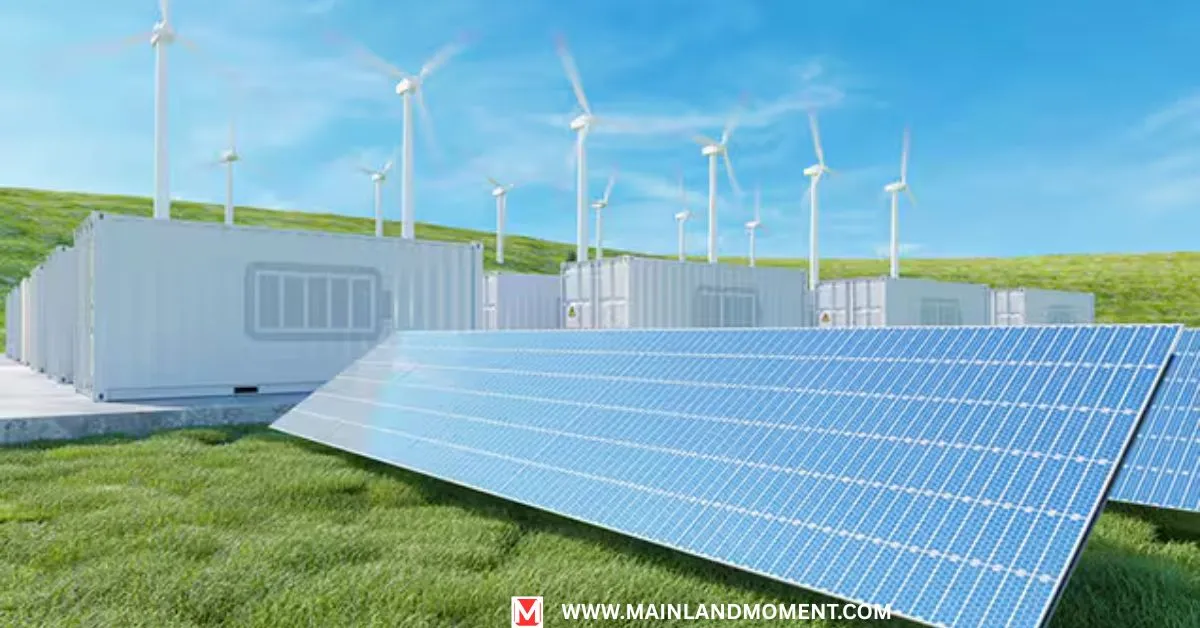
Renewables are booming. In 2024, solar and wind made up 30% of U.S. electricity, up from 20% in 2020. But here’s the catch: they’re not always on. Solar panels snooze at night, and wind turbines stall when it’s calm. Enter qualified battery storage technology it is the fix for this rollercoaster.
The Inflation Reduction Act supercharges this trend. That 30% tax credit (good through 2032) makes energy storage systems a no-brainer for homeowners and businesses. Pair that with rising Time-of-Use (TOU) rates where utilities charge more during peak hours and you’ve got a perfect storm. Batteries let you store cheap power and use it when prices spike.
The grid’s feeling the heat, too. Aging infrastructure can’t keep up with wild weather wildfires in California, hurricanes in Texas. Battery backup keeps communities humming when lines go down. By 2025, the U.S. Energy Information Administration expects renewables to hit 35% of power generation. Without validated battery storage, that leap’s a pipe dream.
Qualification Standards and Regulations
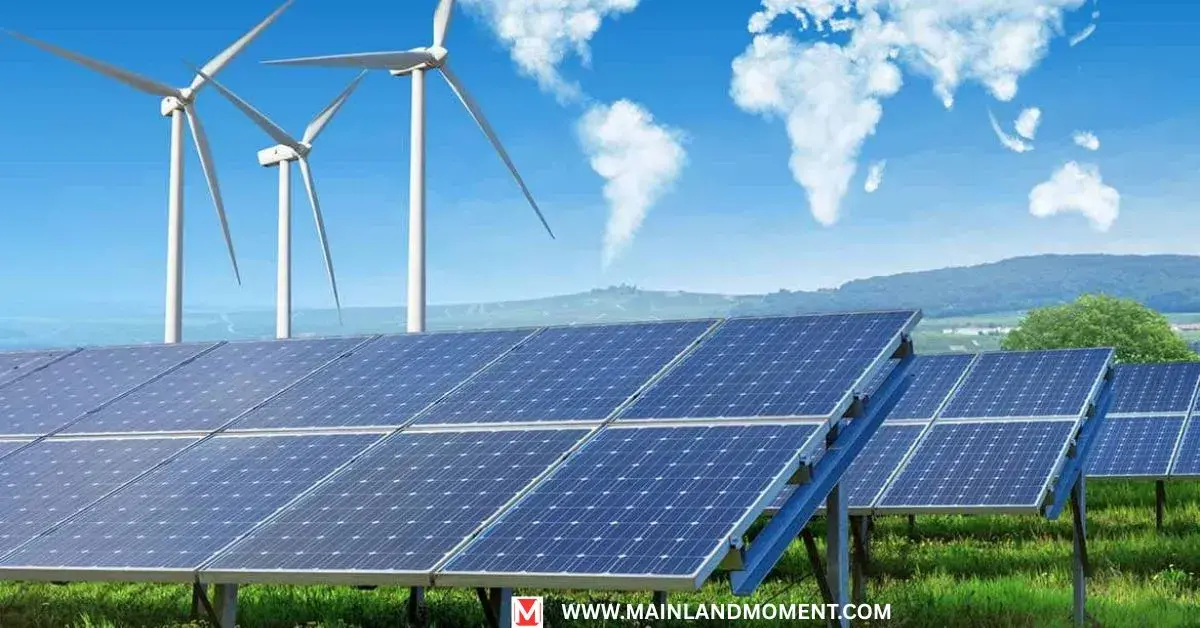
What makes a battery “qualified”? The IRS lays it out: it needs 3 kWh minimum capacity and must serve a U.S. residence you own. Claim it with Form 5695, and boom—30% off your install cost. But there’s more to the story.
Safety’s huge. Systems often need UL 9540 certification to prove they won’t catch fire. The National Electrical Code (NEC) sets installation rules think proper venting and grounding. Some States pile of extras. California’s Title 24, for instance, mandates storage-ready wiring in new homes built after 2023.
Not everything qualifies. Renters? Out of luck. Using it for a hot tub instead of home power? No dice. Qualification testing standards like these keep the tech legit and safe. Check Energy Star ratings for bonus points they signal efficiency and reliability.
Common Uses of Qualified Battery Storage in the US
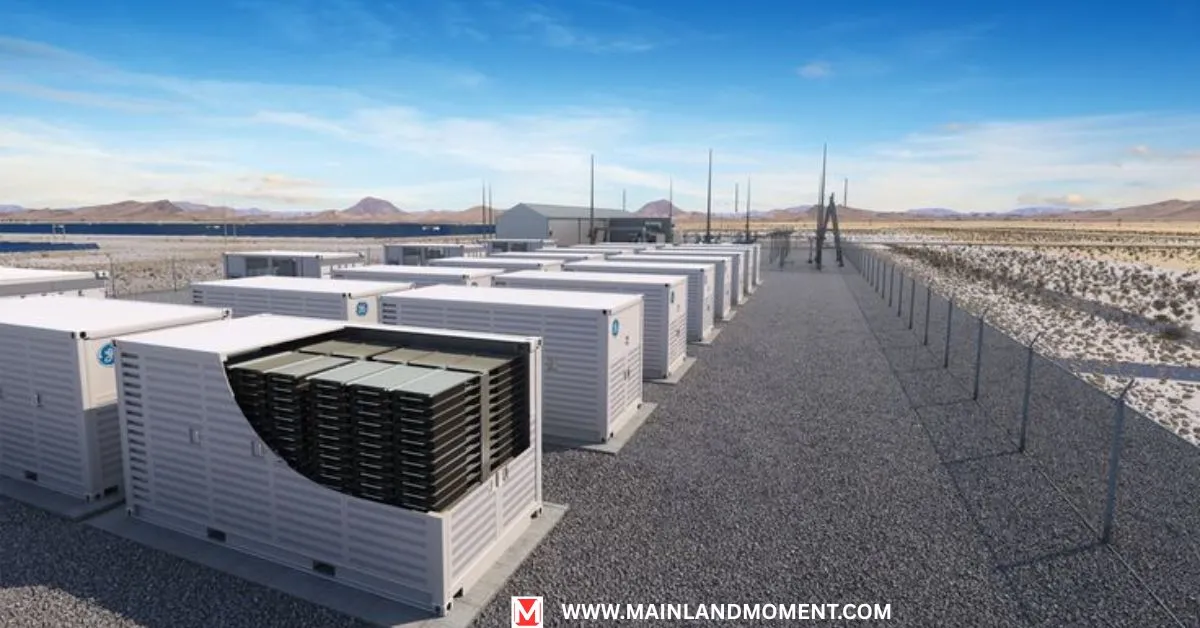
Qualified battery storage isn’t a one-trick pony. It’s popping up everywhere, solving real problems. Let’s break down the big four uses rocking the U.S. Right now.
Residential Solar Plus Storage Systems
Got rooftop solar? Add a battery, and you’ve got a hybrid solar system. These setups store daytime juice for nighttime use. With TOU rates, you charge when power’s cheap (say, 10 cents/kWh) and use it when rates soar (30 cents/kWh). A 13 kWh Tesla Powerwall can keep your essentials running 12-24 hours during an outage. It’s solar backup done right.
Commercial Demand Charge Management
Businesses face hefty “demand charges” extra fees for using lots of power at once. Battery systems shave those peaks. A 50 kW setup at a small factory might save $500 a month by powering machines during pricey hours. It’s commercial energy control that pays off fast.
Utility Scale Renewables Firming
Big renewable projects like California’s 400 MW Moss Landing facility use batteries to steady the grid. Solar farms overproduce midday; batteries hold that energy for evening peaks. Wind farms get the same treatment. It’s grid-scale energy keeping utility solar reliable.
Microgrid & Community Energy Systems
Think localized grids for remote spots or disaster zones. After Hurricane Maria, Puerto Rico rolled out microgrids with 10-20 kWh batteries. They power clinics and homes off-grid, proving disaster-resilient grids work. Communities share the load, boosting energy freedom.
Key Considerations When Selecting Qualified Battery Storage
Picking the right system isn’t rocket science, but it takes some thought. Here’s what to weigh.
- Capacity: Match it to your needs. A typical home uses 30 kWh daily—10 kWh covers essentials.
- Chemistry: Lithium-ion rules. NMC (nickel-manganese-cobalt) is dense; LFP (lithium-iron-phosphate) lasts longer and fights fires better.
- Cost: Expect $10,000-$15,000 installed for a 10 kWh residential setup. The 30% tax credit knocks off $3,000-$4,500.
- Scalability: Need more later? Modular designs like Enphase IQ Battery stack easily.
- Warranty: Aim for 10 years or 5,000 cycles. Quality matters—cheap batteries fade fast.
- Installer: Pick pros with licenses and experience in qualified BESS installs.
Here’s a quick table to compare options:
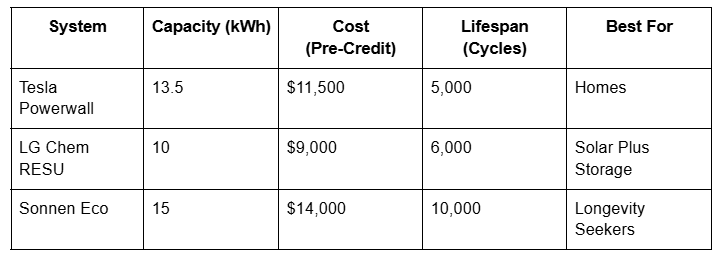
Frequently Asked Question
Can standalone batteries qualify for the tax credit?
Yup! Since 2023, the IRA greenlit standalone systems—no solar required.
What’s the minimum size?
3 kWh. Most systems start at 10 kWh for real-world use.
How do I claim the credit?
File IRS Form 5695 with your taxes. Easy peasy.
Are used batteries eligible?
Nope. New systems only—sorry, bargain hunters.
Does it work for off-grid homes?
Absolutely, as long as it’s your U.S. Residence.
Conclusion
Qualified battery storage technology is more than a buzzword it is the backbone of America’s renewable path. From powering homes with solar plus storage to firming up utility-scale renewables, it’s delivering savings, resilience, and a decarbonized grid. The numbers don’t lie: 15 GW today, 30 GW by 2030, and a 30% tax credit to sweeten the deal through 2032.
Want in? Check if you qualify, chat with a licensed installer, and snag that credit before it dips to 26% in 2033. The clean energy future isn’t coming it is here. And with validated battery storage, you’re holding the keys to energy independence benefits.

